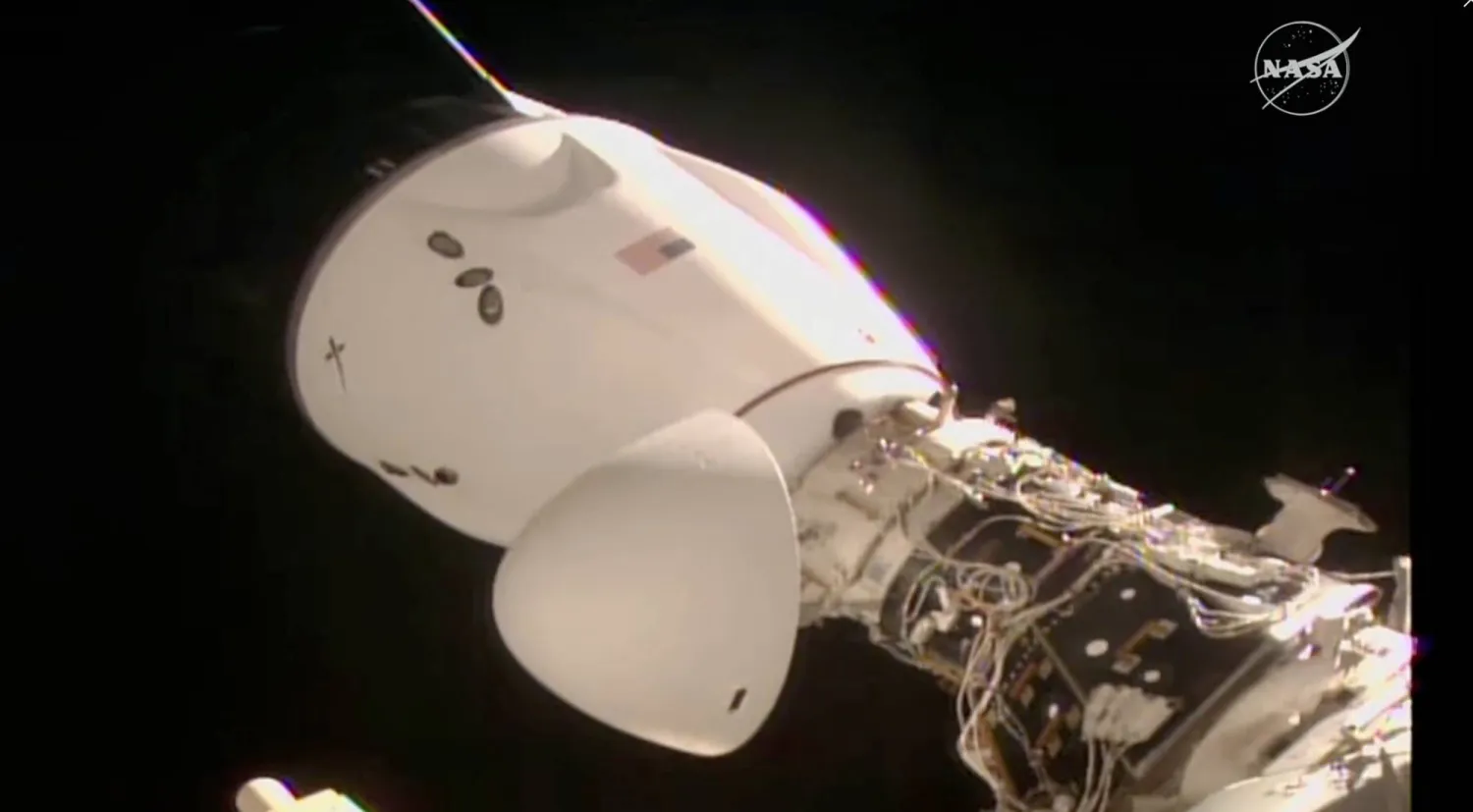Daylight saving time, a practice affecting almost 400 million people across North America, is once again in the spotlight as debates over its necessity continue. This twice-a-year ritual of adjusting clocks forward in spring and back in autumn has been ingrained in American, Canadian and Cuban life for more than a century. However, recent legislative proposals and shifting public sentiment are prompting a reevaluation of its relevance in today's society, Reuters said.
WHEN DO THE CLOCKS CHANGE?
Daylight saving time in the US and some other countries ends on Nov. 3 at 2 a.m. local time, meaning people will gain an extra hour of sleep. Mornings will be brighter but it will get dark earlier in the evening. The saying "spring forward, fall back" serves as a helpful reminder for adjusting clocks.
In the UK and other European countries, daylight saving time, also known as summer time, ends on Oct. 27.
Daylight saving time always starts on the second Sunday in March and ends on the first Sunday in November in the United States. This contrasts with the UK and European Union, where summer time begins on the last Sunday in March and ends on the last Sunday in October.
WHEN IS THE SHORTEST DAY OF THE YEAR IN 2024?
The shortest day of 2024 will be on Dec. 21, which marks the winter solstice. Daylight hours vary significantly across latitudes in the Northern Hemisphere. Areas near the North Pole will be plunged into complete darkness while southern regions will still get over 10 hours of sunshine.
Next year, daylight saving time will start on March 9 and end on Nov. 2.
WHY WAS DAYLIGHT SAVING CREATED IN THE US AND HOW DID IT START?
The modern idea of changing the clocks with the seasons can be traced back to at least the late 19th century, when New Zealand entomologist George Hudson proposed it to conserve energy and extend summer daylight hours, something which would have benefited his own hobby of collecting insects after work. The idea was slow to gain traction until World War One, when European states sought any strategies to conserve fuel. Germany was the first country to adopt daylight saving time in 1916. The United States followed in 1918.
The practice went through many variations before the United States standardized it in 1966 in the Uniform Time Act, which allows states to opt out of it but not to stay on daylight saving time permanently.
WHY IS DAYLIGHT SAVING TIME CONTROVERSIAL?
A common myth is that the US adopted daylight saving time to benefit farmers, but in reality many farmers are opposed to the practice for being disruptive to their schedules. The original motivation to conserve fuel is also under debate, as studies have found little, if any, energy savings from the shift, according to the US Congressional Research Service. Opponents point to other studies that have found adverse health effects linked to daylight saving time, such as a spike in fatal traffic accidents, heart attacks, strokes and sleep deprivation in the days after clocks are moved forward an hour every March.
A March 2023 YouGov poll found that 62% of Americans want to end the practice of changing clocks, though only 50% preferred to keep permanent daylight saving time.
DO ALL US STATES OBSERVE DAYLIGHT SAVING TIME?
No. Hawaii and Arizona, with the exception of the Navajo Nation, do not observe daylight saving time. The US territories of American Samoa, Guam, the Northern Mariana Islands, Puerto Rico and the US Virgin Islands also observe permanent standard time. While daylight saving time is widespread across the United States, 19 states have passed legislation to permanently use daylight saving time if Congress were to allow it, according to the National Conference of State Legislatures.
IS THE US ENDING DAYLIGHT SAVING TIME?
The United States is not ending daylight saving time any time soon, though there is proposed federal legislation called the Sunshine Protection Act that would make daylight saving time permanent. The legislation, introduced by a bipartisan group of senators, was passed by the Senate in 2022 but stalled in the US House of Representatives because lawmakers could not agree on whether to keep standard time or permanent daylight saving time.
The group of senators reintroduced the bill last year and it has been referred to the Committee on Commerce, Science and Transportation to review. The bill would need to pass the Senate and House before President Joe Biden could sign it into law.
What is US Daylight Saving Time and When Do Clocks Change?

Technician Oleg Ryabtsev performs maintenance work on a clock in Minsk, Belarus, Saturday, March 29, 2008. (AP)

What is US Daylight Saving Time and When Do Clocks Change?

Technician Oleg Ryabtsev performs maintenance work on a clock in Minsk, Belarus, Saturday, March 29, 2008. (AP)
لم تشترك بعد
انشئ حساباً خاصاً بك لتحصل على أخبار مخصصة لك ولتتمتع بخاصية حفظ المقالات وتتلقى نشراتنا البريدية المتنوعة





